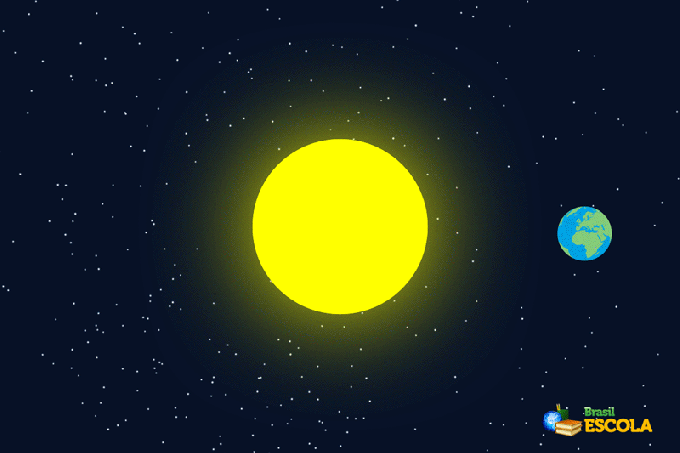rotation and translation are the two main and best known movements performed by planet Earth. Together, they are responsible for a multitude of phenomena that manifest themselves in the atmosphere and the lithosphere, interfering with the climate, relief and even the length of days and nights.
THE rotation it is the movement that the Earth performs around its own axis, it is as if it were “rotating” around itself. The time it takes the planet to complete this “turn” is 24 hours. The main consequence is the alternating existence between days and nights, because if there was no such movement, there would be only day on one side of the planet (which would be extremely hot) and only night on the other side (which would be extremely hot) cold).

THE translation is the movement that the Earth makes around the Sun, and it takes 365 days, 5 hours and 48 minutes to complete it. This movement is directly responsible for the existence of the seasons. As the axis of inclination of our planet is 23º27', there are periods when the days are greater than the nights (summer solstices), periods in that nights are longer than days (winter solstices) and periods when they are of equal length (spring and autumn equinoxes).


In addition to these two important movements, the Earth performs another 12 movements, involving precession, nutation, revolution, among others.
By Me. Rodolfo Alves Pena
Source: Brazil School - https://brasilescola.uol.com.br/o-que-e/geografia/o-que-e-rotacao-translacao.htm
